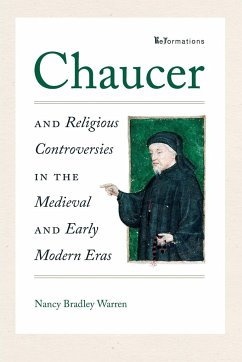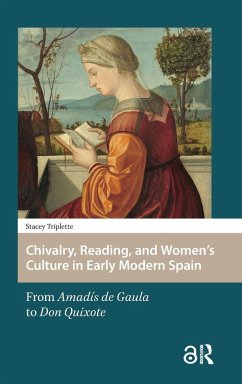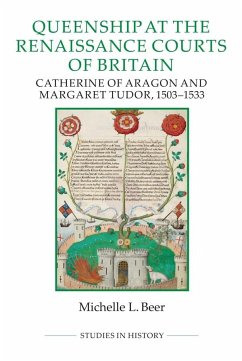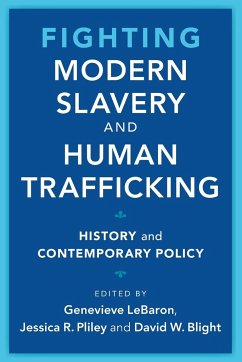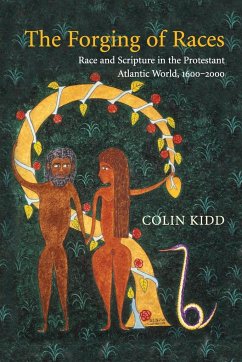
Aphrodisiacs, Fertility and Medicine in Early Modern England

PAYBACK Punkte
49 °P sammeln!
It was common knowledge in early modern England that sexual desire could be increased or decreased by a range of foods - including artichokes, oysters and parsnips. This book argues that these aphrodisiacs were used not simply for sexual pleasure, but, more importantly, to enhance fertility and reproductive success; and that at that time sexual desire and pleasure were felt to be far more intimately connected to conception and fertility than is the case today. It draws on a range of sources to show how, from the sixteenth to the eighteenth centuries, aphrodisiacs were recommended for the treat...
It was common knowledge in early modern England that sexual desire could be increased or decreased by a range of foods - including artichokes, oysters and parsnips. This book argues that these aphrodisiacs were used not simply for sexual pleasure, but, more importantly, to enhance fertility and reproductive success; and that at that time sexual desire and pleasure were felt to be far more intimately connected to conception and fertility than is the case today. It draws on a range of sources to show how, from the sixteenth to the eighteenth centuries, aphrodisiacs were recommended for the treatment of infertility, and how men and women utilised them to regulate their fertility. Their use illuminates popular understandings of sex and reproduction in this period.






